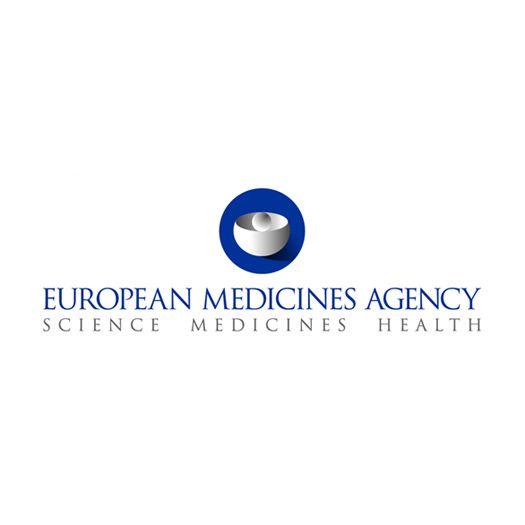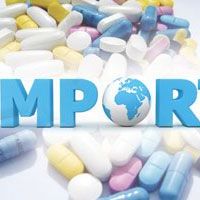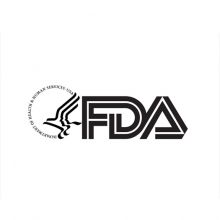Regulatory Science to 2025 by EMA
03.01.2019

EMA has published its draft ‘Regulatory Science to 2025’ strategy for a six-month public consultation . This is a proposed plan for advancing the Agency’s engagement with regulatory science over the next five to ten years, covering both human and veterinary medicines.
Stakeholders are invited to send their comments via an online questionnaire by 30 June 2019.
“The Regulatory Science strategy to 2025 aims to build a more adaptive regulatory system that will encourage innovation in human and veterinary medicine,” said Guido Rasi, EMA’s Executive Director. “The strategy includes developments and challenges in medicines development that we together with the Commission and NCAs experts have identified in a thorough process of mapping and selection. Now we want to hear from our stakeholders whether they consider this strategy is ambitious enough.”
Regulatory science is defined as the range of scientific disciplines that are applied to the quality, safety and efficacy assessment of medicinal products and that inform regulatory decision-making throughout the lifecycle of a medicine. It encompasses basic and applied biomedical and social sciences and contributes to the development of regulatory standards and tools.
The strategy will help shape the vision for the next EU Medicines Agencies Network Strategy (2020–2025). It seeks to offer informed guidance on modern medicines development, facilitate the optimisation of regulatory science and critically assess the benefits and risks of innovative therapies and diagnostics based on new technologies.
The five key goals of the strategy include:
- catalysing the integration of science and technology in medicine development;
- driving collaborative evidence generation - improving the scientific quality of evaluations;
- advancing patient-centred access to medicines in partnership with healthcare systems (for human medicines only);
- addressing emerging health threats;
- enabling and leveraging research and innovation in regulatory science.
As to the Good Manufacturing Practice new technologies fit poorly into the traditional regulatory models, and may require adaptation or changes to GMP requirements and standards and the development of specific regulatory guidance and monitoring. In addition, regulators will need expertise to allow, for example, adequate oversight of the computer software used to control these new processes. The Agency is thus proposing to facilitate a flexible approach in application of GMP. To achieve, in particular, supply chain and data integrity, EMA seeks to share data and harmonise standards in many areas of the medicine lifecycle, including good manufacturing practice (GMP) and good clinical practice (GCP), innovation in clinical trials, scientific advice and pharmacovigilance. Cooperation in GMP/GCP goes beyond recognising each other’s inspections or data sharing, and includes the involvement of local authorities in inspections to strengthen mutual understanding and build capacity.
The strategy incorporates feedback gathered during two workshops organised by the Agency, focusing, respectively, on human medicines and on veterinary medicines. These events brought together representatives of our regulatory partners and stakeholders, including national competent authorities, patients’, healthcare professionals’ and veterinarians’ organisations, health technology assessment bodies, payer organisations and pharmaceutical industry to discuss key areas of interest in human and veterinary medicines. Participants at both workshops reflected on the scientific and technological advances in the pharmaceutical arena, and on the challenges that EMA’s scientific committees and working parties will face in the future due to these developments. Supporting materials from the human and veterinary workshops are available.
Material from www.ema.europa.eu.
Other news

